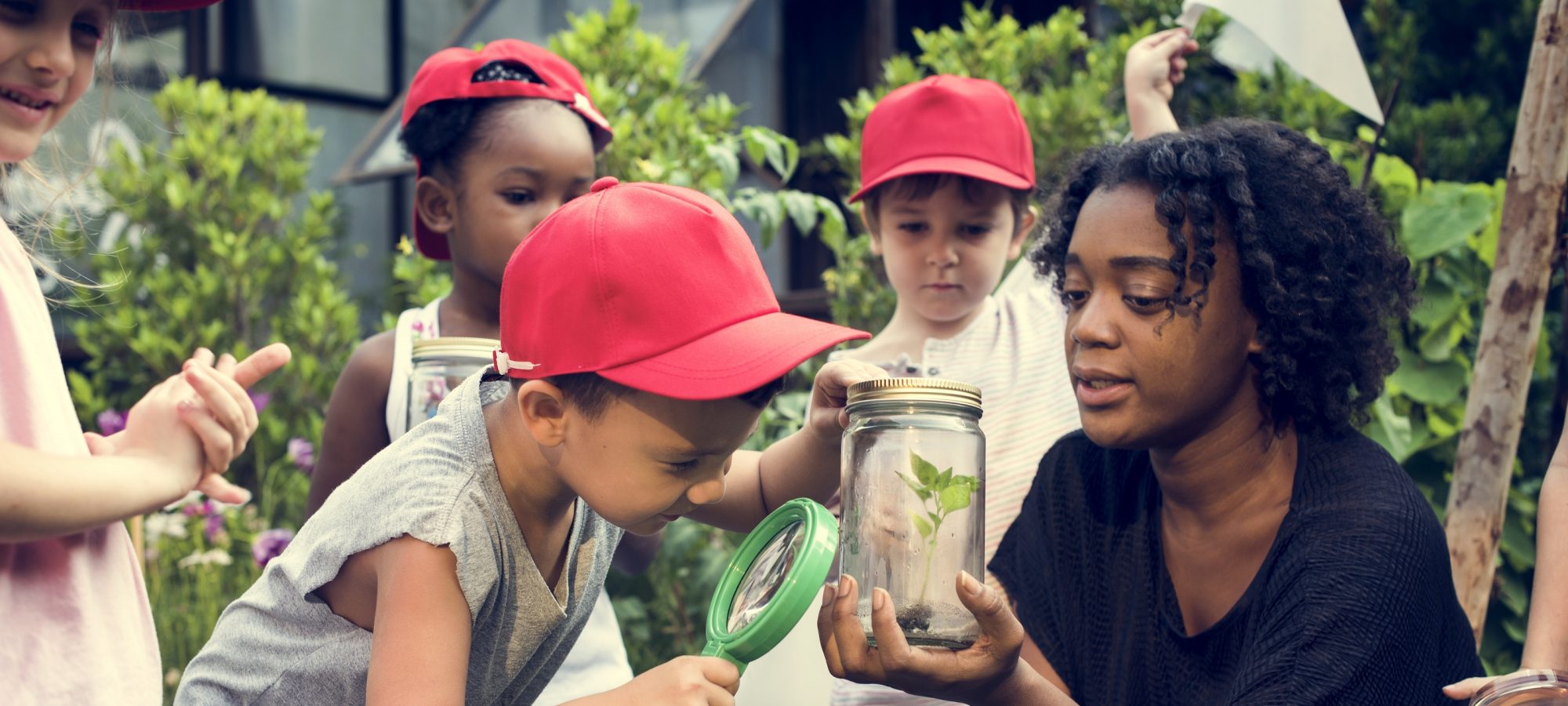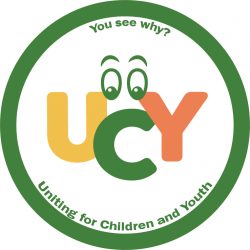Question 5 – Zone 5 Responses
Contents
The Question in brief
Responses from:
– C.J. Blake (Responses 3 – 5)
– Rob Campbell
The Question in Brief
What do you believe an OCDSB trustee’s role is re: promoting well-being in Ottawa public schools? (See full text of Question 5.)
C.J. Blake (Responses 3 – 5)
Question 3:
What steps are you going to take to ensure that students feel they are heard in regards to their involvement in THEIR curriculum?
I will work with the Student Senate to ensure my voice compounds theirs. Two student trustees is not enough and I want students to have dedicated support from at least one other trustee. Being a young candidate, I am acutely aware of the realities students are facing in school and when becoming new graduates. I will listen to students through coming into schools, setting up a table over the lunch period to gather student opinion on a range of issues. Making information accessible is key to having an informed and engaged youth, which we have (the walkout is a testament) and would be a board asset to maintain, so reaching out is a worthwhile endeavor, both for students to find their voice and be heard as well as for the board to conduct proper consultation with those affected by policy.
—
Question 4:
Offering an equitable and inclusive education is vital to student success, both in school and out. It is the foundation of the community I want to live in, as such an education exercises core social skills of compassion and understanding towards others. Students in an alternative, self-directed program can also help achieve this collective goal through promoting a culture of inclusion, compassion, and celebrating our differences. My thoughts include but are not limited to students who are racialized, LGBTQ, have disabilities, and have minority interests.
As a Mad Science instructor and a camp counselor, with the children I encouraged values of sharing and teamwork. As a student at the University of Ottawa, I volunteered and worked with a safe walk program used mainly by women and people of colour at night; otherwise, night classes may have been inaccessible to these folks. While working in residence at UOttawa, I fought for gender-neutral washrooms for LGBTQ students, since I understood some LGBTQ folks suffer from bladder issues because there are scant washrooms they feel safe in. In these ways, I have shown my dedication to diverse students. I look forward to continuing to listen and respond to diverse needs with appropriate action, as deemed by the communities I serve.
—
Question 5:
First, we need to acknowledge that everyone has mental health like everyone has physical health. It is legitimate and any issues need to be recognized as legitimate health concerns, without shame. This is society-wide.
The OCDSB sees mental health as a key priority in the 2015-2019 strategic plan. In relation, the board has held great parent information sessions on various topics that serve to educate parents about how to address daily stressors for children and youth and earn of any red flags they may notice. The Board’s three tiered approach to addressing mental health is great to address the needs of all, some, and the few. Students may require differing levels of assistance and this plan accommodates for that. On paper it seems like a well-rounded strategy, but is it effective in practise? Data needs to be collected to really know. Mental health should remain a key priority of the next strategic plans, until a proper evaluation can be completed.
In schools, it is important to promote an understanding of bodily awareness, especially in times of mental distress, and encourage appropriate self-care actions that can be taken to relieve stress (ie. Breathing techniques done as a class). Taking care of mental health does not have to be a time-consuming activity, which is one aspect that may discourage youth participation. The Board should work with teachers to promote more casual self-care. I also support daily physical activity and greater engagement with nature through the Outdoor Education Centers and Outdoor Learning Centres at individual schools.
Rob Campbell
I am running on four major themes – see campaign pamphlet or website for more info and one of these is “Whole Child Focus: maintain a focus on achievement but balanced with one on well-being, including mental health, bullying physical activity, and engagement. See each student for their unique mix of strengths and needs, and ensure each gets the support they need to excel.”
For too long Ontario, and so the OCDSB has focused more or less exclusively on academics but mostly everyone recognizes the inadequacy of this. The previous provincial government made well-being a focus for school boards also but declined to offer any idea as to how to measure it, meaning that DSB across the province have either not measured it in any way, or measure it partially in different ways. In short, at the OCDSB as well, we really have no idea as to whether over all student well-being is improving or not. The OCDSB well-being reports mention a whole variety of mini-metrics, and anecdotes and initiatives and partnerships invested in, but it is unclear if we are in any way actually improving mental health and broader well-being outcomes or simply describing a steady state better than we used to.
I’d like to develop a meaningful well-being index (just like the basket of factors used for determining OCDSB schools socioeconomic ranking with a Needs Index based on a variety of factors of recognized value, though it also has its methodological flaws. This should become an annual reportable, get tied into the 4-year strat plan in terms of concrete goals to improve by x%, and which well help drive budgets and perhaps senior staff performance reviews.
We need the whole Board of Trustees to engage with annual stats presented to SEAC about wait lists for kids to get mental health or social worker or other assessments. We need to track referral wait time to a service or clinician inside or outside the system. We need to ensure that our partner organizations are not just there to be referral targets but that protocols are worked out with them, with the consent of those treated, to track kids back and forth across the system. If no LHIN case officer is assigned then the school board should consider stepping up to advocate for referral students, especially where parents or the student involved is unable effectively to advocate for themselves in the system. And, we need to partner with others and advocate with the province to ensure good post-21 handoff.
When cuts come to education funding, as is virtually assured, we need to protect social worker and mental health services first, as very bad things can happen if they are not, and they are inadequate to the need now anyway. The OCDSB mental health strategy and framework are on their web site available for download, so I won’t repeat those elements or examples of initiatives here.
However, there is a bit of a structural issue with respect to mental health and social work issues in the schools in that these matters are technically not SEAC matters … SEAC is all about special education supports, and while behavioural issues certainly can arise out of acute student of family crises, these stresses do not in themselves constitute special education issues. I wonder whether a SEAC subcommittee or other forum might be usefully created for this purpose. Mental health issues cuts across bullying (there is an anti-bullying central resource at the board), spec ed issues, school climate and character education, respect messaging, physical activity minutes, equity of access to resources, external partner agencies, etc, but may not actually have the focus it needs to move forward.
In spite of the fact that the Province some time ago now made well-being a second focus of DSBs, few OCDSB schools post annual school well-being plans, though most public academic improvement plans. And, the board start plan is vague as to actual well-being improvements apart from expressing nice aspirations for better well-being.
Greater training of school admins and better support for them may be necessary to make well-being improvement targets tangible. My lay understanding is that physical activity reduces anxiety, releases endorphins, as well as being healthy for the body. Fitting frequent well-being breaks in the regular school day, maybe incorporating physical activity cleverly into classroom time and allowing for movement and energy release may be helpful. As well, personal participation in the arts, rich environmental stimuli like an exploratory walk in the forest (rf outdoor ed centres), can be releases, be energizing and rejuvenating, and allow many kids not only to express themselves, but to excel in areas not traditionally as valued. This approach goes hand in hand with the idea of child-oriented if not child-directed learning that is the vision of the our elementary panel’s alternative program. Allowing more time for students to explore themselves and their surroundings, less stressfully, should be encouraged. Unfortunately butting out Grade 13 – a huge mistake eliminating interest courses and making HS much more of a stressful factory system, and also Provincial curriculum requirements for every aspect of every grade level is not conducive to creative self-directed exploration. However, we can push back on this to some degree and uphold the importance of this sort of approach.

